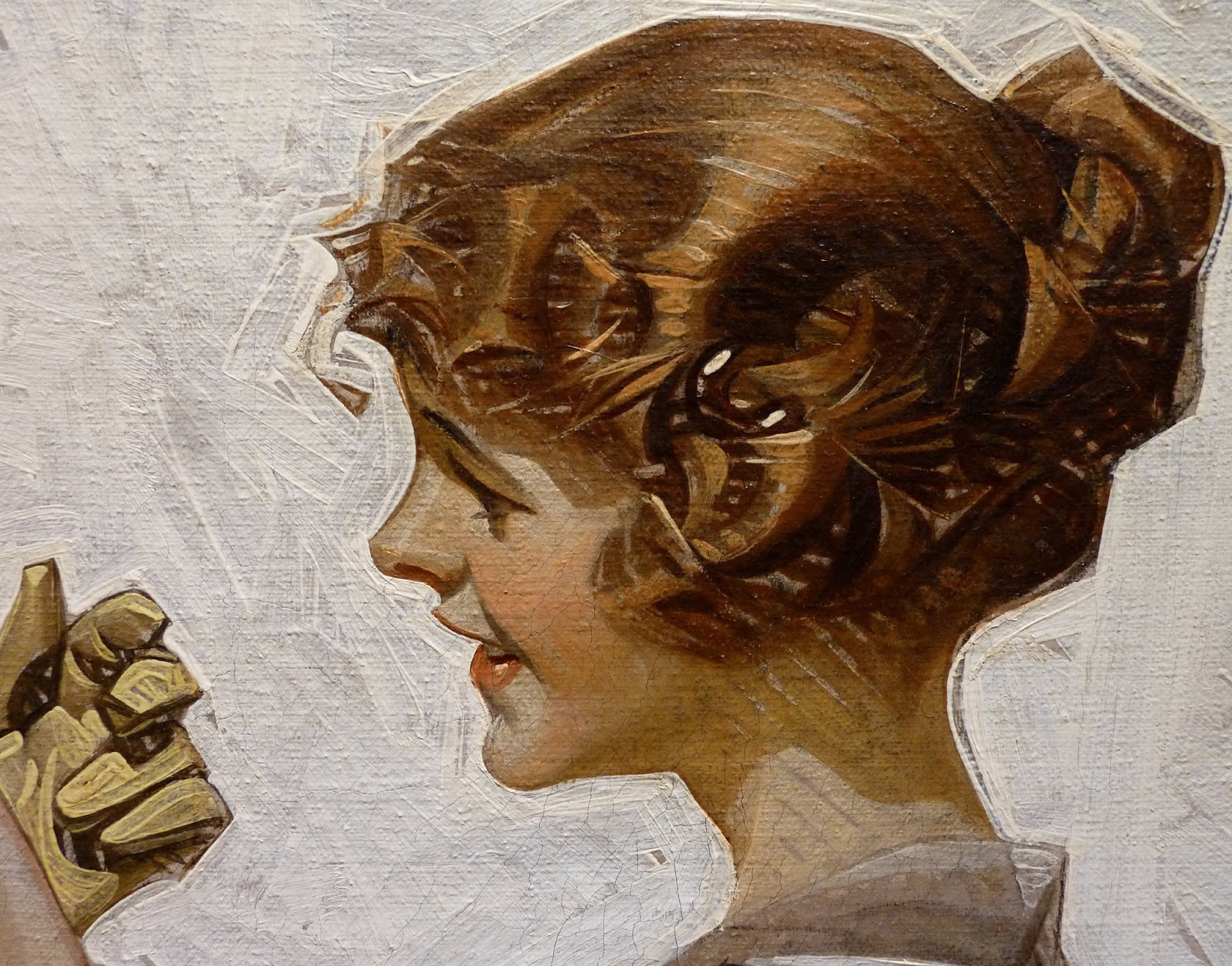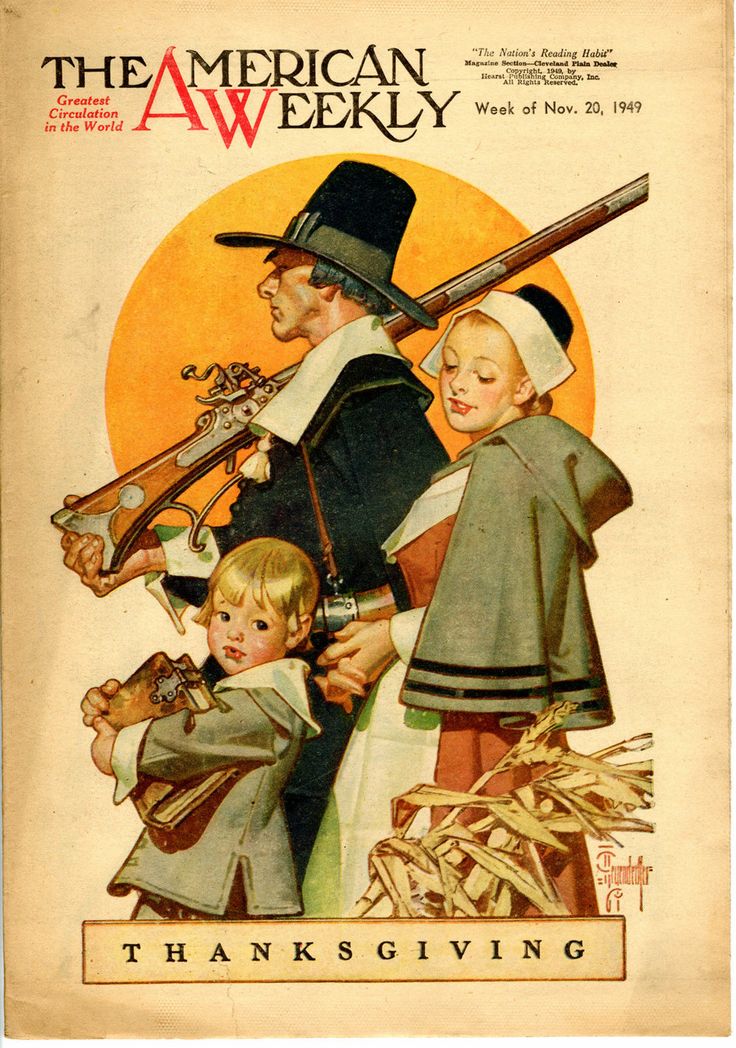Fergusson's style changed little after around 1910. He followed the path of tentative modernism where subjects were treated in a somewhat representational manner, but with simplification of form and related minor distortions. His colors were usually bright, but related to his subject matter, unlike the Fauvists who imposed unrealistic colors on subjects. Brushwork was often angled, parallel strokes, somewhat in the spirit of Cézanne.
His reputation seems to be rising: a recently discovered painting sold at auction for £638,000, as this Daily Mail article mentions.
The present post features Fergusson's portraits of women. At times his simplifications reached the point where it could be difficult to distinguished one sitter from others.
Jean Maconochie - ca.1904
Le voile persan - 1909
One of Fergusson's better-known works, made when he had almost settled into the style used for most of the rest of his career.
Pam - 1910
Poise - 1916
This was the painting auctioned for £638,000.
Joan - 1916
Villa Gotte Garden - ca. 1920
Fergusson seldom did profile portraits. This has a slight Cubist feel.
At Gows - 1925
In the Patio (Margaret Morris Fergusson) - 1925
The Branches (Margaret Morris) - 1928
Souvenir de Jumges - 1931
A nice Art Deco feeling to this.
The Red Hat (Roberta Paflin) - 1933
La châtelaine - 1938
"Hillhead," Eileen - 1941
Girl with Bang - 1947
Blonde with Checked Sundress - 1958


















































